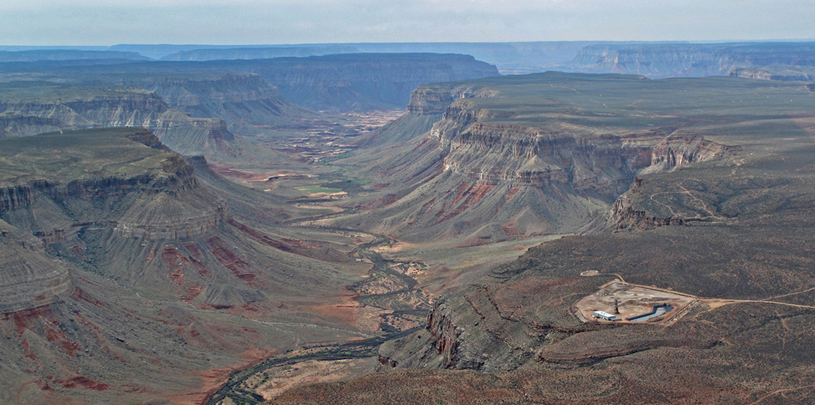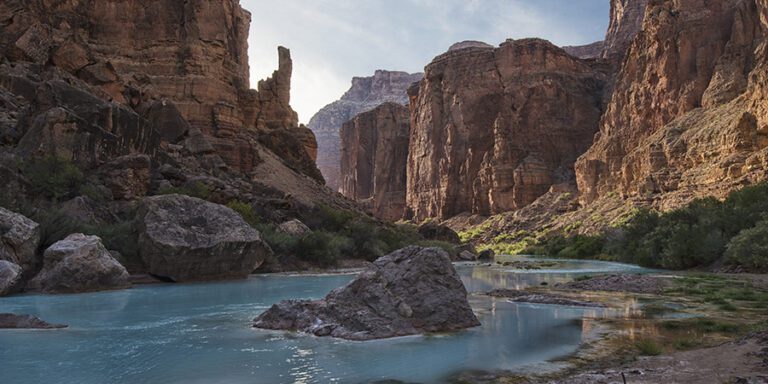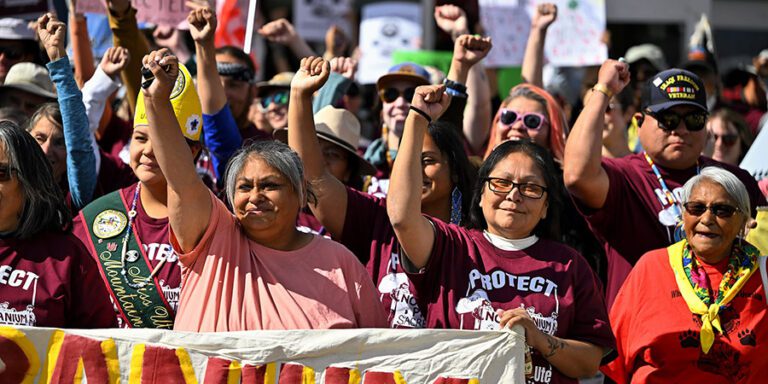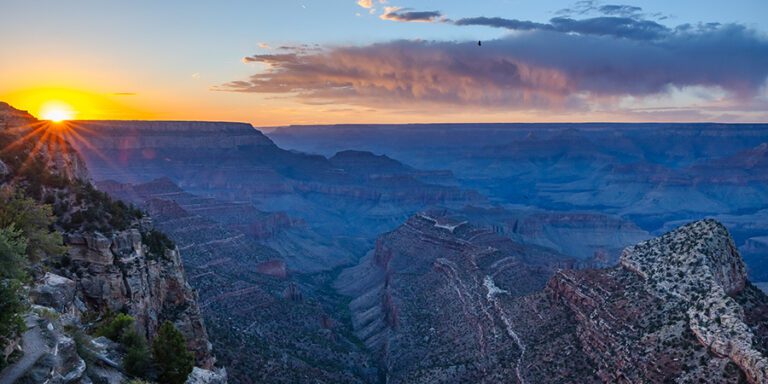
One in 33 people employed in Arizona in 2021 had a job in outdoor recreation. Arizona must protect the Grand Canyon from uranium mining.
New data released by the U.S. Bureau of Economic Analysis shows outdoor recreation growing rapidly in the Grand Canyon state, adding over $9.8 billion to Arizona’s economy in 2021 and providing over 100,000 jobs. The findings underscore the need to permanently protect the Arizona economy and the Grand Canyon region from new uranium mines that could put land, air, and especially clean water at risk of radioactive contamination. Arizona outdoor recreation jobs depend a healthy, safe Grand Canyon.
Overall, outdoor recreation, including fishing, hunting, RVing, camping, and other forms of “getting outside” accounted for 2.3 percent of Arizona’s total gross domestic product in 2021, well above the national average, and Arizona jobs in the industry are on the rise. Outdoor recreation employment in the state grew by more than 17 percent, one of the highest growth rates for outdoor recreation jobs in the nation.
Outdoor recreation drives the Arizona economy
According to the numbers, about one in 33 people employed in Arizona in 2021 worked in outdoor recreation — more than manufacturing, retail, arts and entertainment, accommodation, and food service combined.
And, tellingly, outdoor recreation provided nearly 10 times as many jobs as mining. This shift shows how Arizona — once known as “the copper state” — has left its former moniker behind. In the Grand Canyon state, outdoor recreation, not mining, drives the economy and jobs.
People spending leisure time outside hinges on a healthy, clean, safe environment, including clean air and clean water for people and wildlife. This is especially true for the Grand Canyon, which attracts millions of visitors each year who hike, bike, camp, and stroll along the rims admiring the play of light against the canyon’s colorful bands of rock.
Uranium mining threatens water, important cultural and spiritual sites
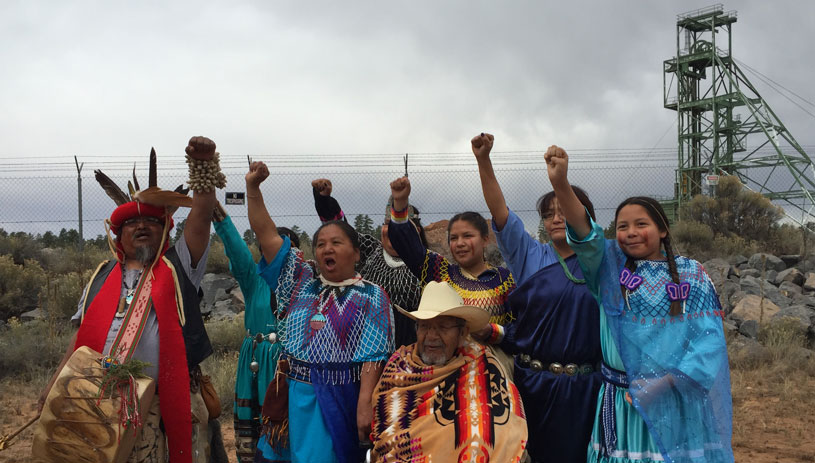
The Bureau of Economic Analysis data shows that mining supported just 12,800 jobs in Arizona in 2021, and analysis shows that only a tiny fraction of those came from the uranium industry. For example, the Canyon uranium mine (renamed Pinyon Plain Mine), near the Grand Canyon, currently employs only about a dozen people.
Although uranium mining does little for the Arizona economy, it does have a long history of contaminating land and water and poisoning people in northern Arizona, especially on the Navajo Nation, where hundreds of abandoned, radioactive uranium mines languish, awaiting expensive cleanup.
In fact, inside Grand Canyon National Park, steps from the popular South Rim Trail, lies the abandoned Orphan uranium mine, which will cost taxpayers millions of dollars to clean up. And fewer than 10 miles south of the Grand Canyon, more than 49 million gallons of water laced with high levels of uranium and arsenic have been pumped out of Canyon uranium mine (renamed Pinyon Plain Mine). The mine threatens nearby Red Butte, a site sacred to the Havasupai Tribe, which has led opposition to the mine since the 1980s.
READ MORE
“More uranium mining near the Grand Canyon? Might as well just poison our water now.” Former Havasupai Tribal Council Member Carletta Tilousi’s 2022 op-ed in the Arizona Republic
A temporary mining ban currently prevents new uranium mines from being developed on about 1 million acres of federal public lands near Grand Canyon National Park. Groundwater underneath these lands flows into the park and, eventually, into the Colorado River. As of May 2022, nearly 600 active mining claims are staked on these lands, waiting patiently for the ban to expire in 2032.
Current mining ban must be made permanent
The Grand Canyon Protection Act, a bill to make the Grand Canyon mining ban permanent, has passed the U.S. House, and is now in the Senate. There’s still time for the Senate to vote on the bill and for the president to sign it into law before the current Congress ends on January 3, 2023.

